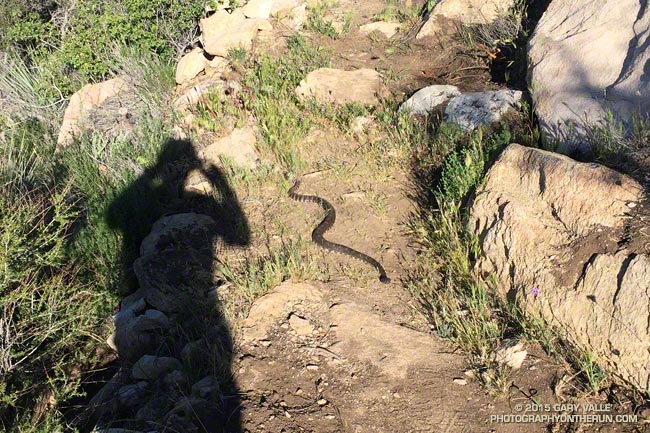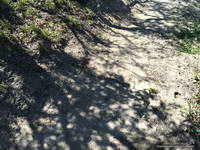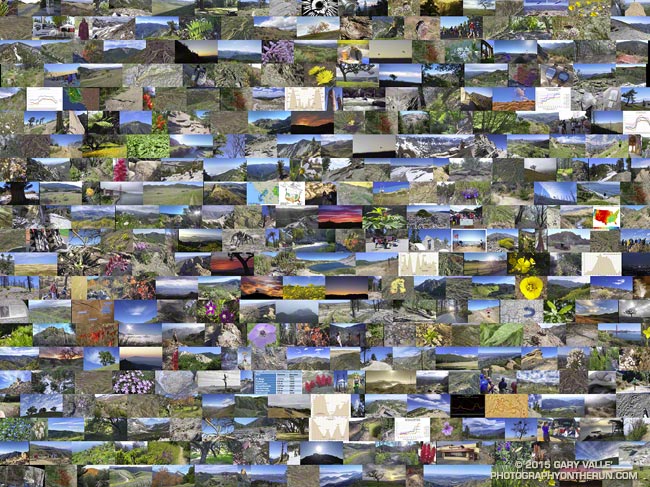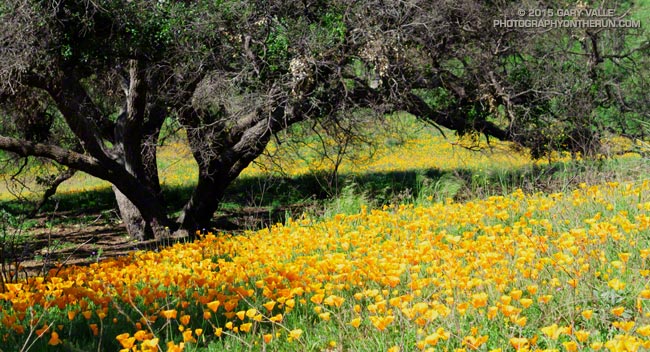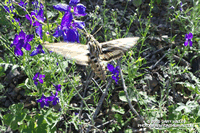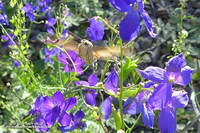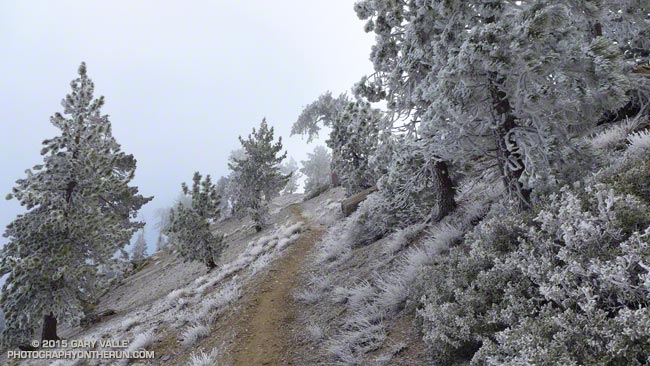
Even with a wind shell and multiple layers the gusts of wind were sharp-edged and penetrating. The weather was spectacular, but it was very windy and very cold.
My run on the PCT had started at Islip Saddle in the San Gabriel Mountains. At 8:00 am the temperature at 6593′ had been about 35 degrees. The north wind funneling through the saddle had roared through the pines, buffeting their stout limbs and telling me to put on every scrap of warm clothing I had in my pack.
The broad canyon of the South Fork seemed to act as a wind tunnel — drawing the wind from the high desert into and over the crest. Even with a gloved hand it took only a couple of minutes before my camera became too cold to hold.
I was on my way to Mt. Baden-Powell and nearly up to Mt. Hawkins. With every stride up the mountain the temperature had dropped. Father Frost had frozen the landscape and me along with it.
Had it really been just a week ago when I had broiled in 90+ degree temps on the south-facing sections of trail on the Leona Divide 50M course?


